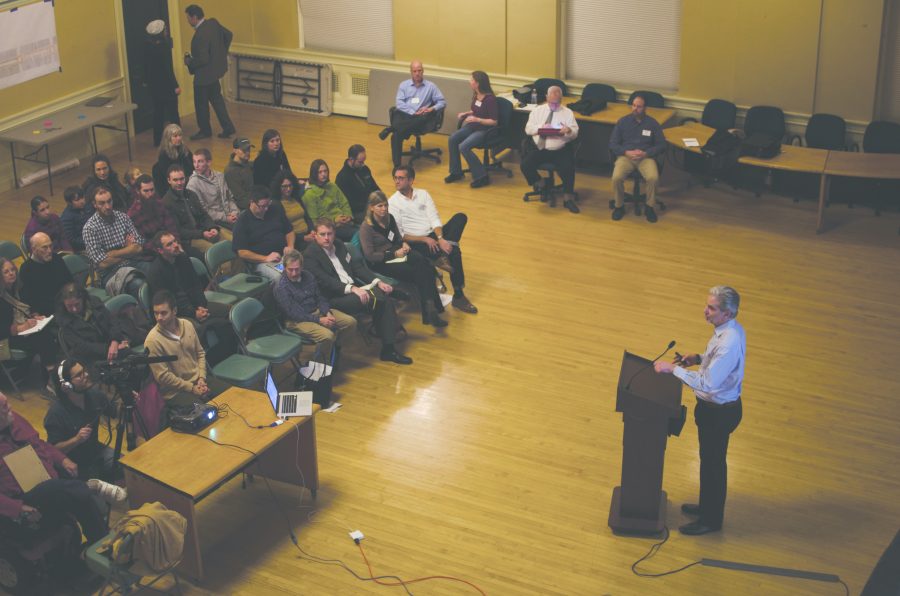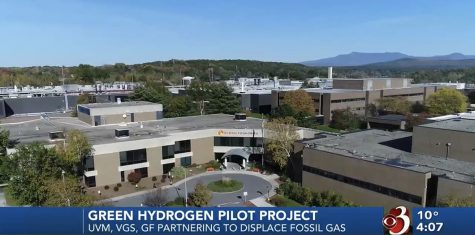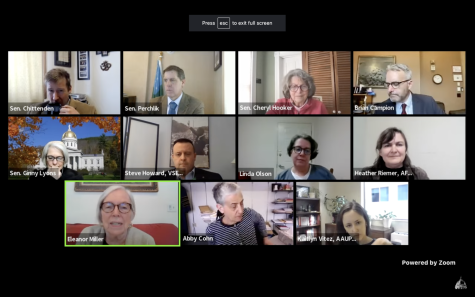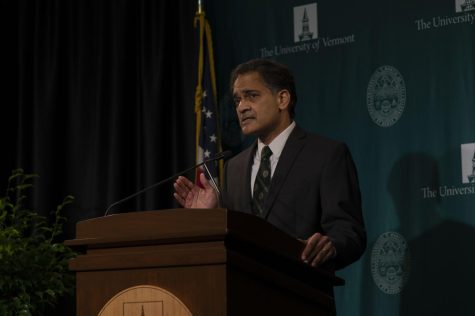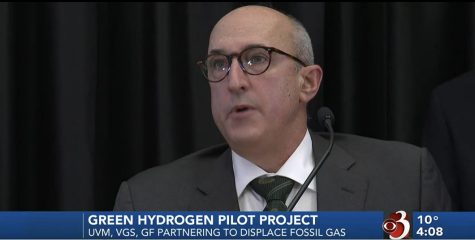City makes moves to enhance streets
After years of planning, Burlington is making changes to its streets.
Burlington Residents came together at City Hall for a presentation about the Great Streets Initiative by the project’s leaders on what’s happening and what’s to come with the town center’s development Nov. 16.
The developers’ intentions to soon transfer their plans to designs getting David White, the director of planning and zoning, Great Streets Initiative project, said.
“All of the thought-processes from all of this planning is going to become something we can construct,” he said, with a primary focus given to “economic vitality, safety, engagement and green infrastructure.”
After White’s presentation, Doug Suisman delivered a presentation outlining the logistics of the development and what he envisions the result to be.
Suisman founded Suisman Urban Design in 1990. Based out of Santa Monica, California, the international urban design studio is composed of architects and creative professionals who collaborate to design “urban places and public spaces” across the globe, according to its web- site.
Suisman wants the development to be rooted in Burlington’s culture, so that the feeling of Church Street can extend to all of downtown while also being connected and linked to the lake itself, he said.
“Church Street is so wonderful,” Suisman said. “We want people to think that Main Street is a great way to [get to] the lake.”
Mayor Miro Weinberger emphasized the importance of creating environmental sustainability in the city’s infrastructure, so dirty water doesn’t spill into and contaminate the lake.
Weinberger proposed that the new development ensures that streets and sidewalks use the minimal amount of asphalt, while still allowing for a free flow of safe and structured traffic.
The decrease in asphalt would enable more natural land to be incorporated into the city’s layout, with trees, gardens and natural grass consuming the sidewalks instead of “old, broken concrete,” White said.
By doing this, storm water would get caught in the vegetation, filtered, and then make its way down to the lake, rather than immediately flooding into the lake, without any sort of filtering process, Suisman said.
“Make [the city] like a sponge,” he said.
There will be minor drawbacks to this redevelopment, Suisman said.
For example, Suisman’s plan calls for a transition from sideways parking to parallel parking, so more space will be made available for vegetation along the sidewalks, he said.
As of now there are 162 spaces available along the streets, Suisman said.
After the development, 65 parking spots will be lost, bringing the overall number down to 97, he said.
When saying this, Suisman stressed its minimal impact, when weighed against the benefits. There are plenty of other parking spots available in garages, which are mere minutes away from the street spots, he said.
After Suisman’s presentation, Doreen Kraft, director of Burlington City Arts, briefly spoke about the city park’s redevelopment.
“Lots of police visits and an uninviting atmosphere” gave way to the city’s desire to redevelop the park, Kraft said.
A need to connect with Burlingtonians was also a driving factor, she said.
As the director of BCA, Kraft’s role in the development was largely focused on gaging interest from residents of Burlington on what they want the park to be, she said.
To do this, BCA obtained a $50,000 grant from the National Endowment for the Arts, Kraft said. The purpose: to visualize what Burlington’s downtown park could look like if redeveloped.
In order to garner public opinion on this topic, the grant money was used to conduct surveys, allowing residents to easily express their hopes and opinions on what sort of transformation they’d like to see at the park, she said.
The public expressed their interest in creating a safer environment, mainly at the park, but they also indicated that they would like to see changes in the layout and vegetation of the park, Kraft said.
She spoke about their plans to restructure the vegetation, so that the park’s atmosphere is more lively, in addition to possibly removing the fountain at the center of it.
While it has a nice touch, it is only used roughly three months of the year, and therefore makes it impractical to have, especially given all of the space it consumes, Kraft said.


